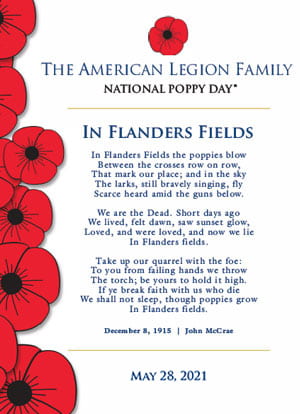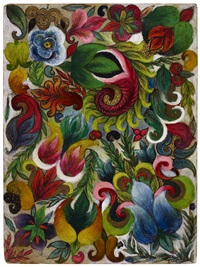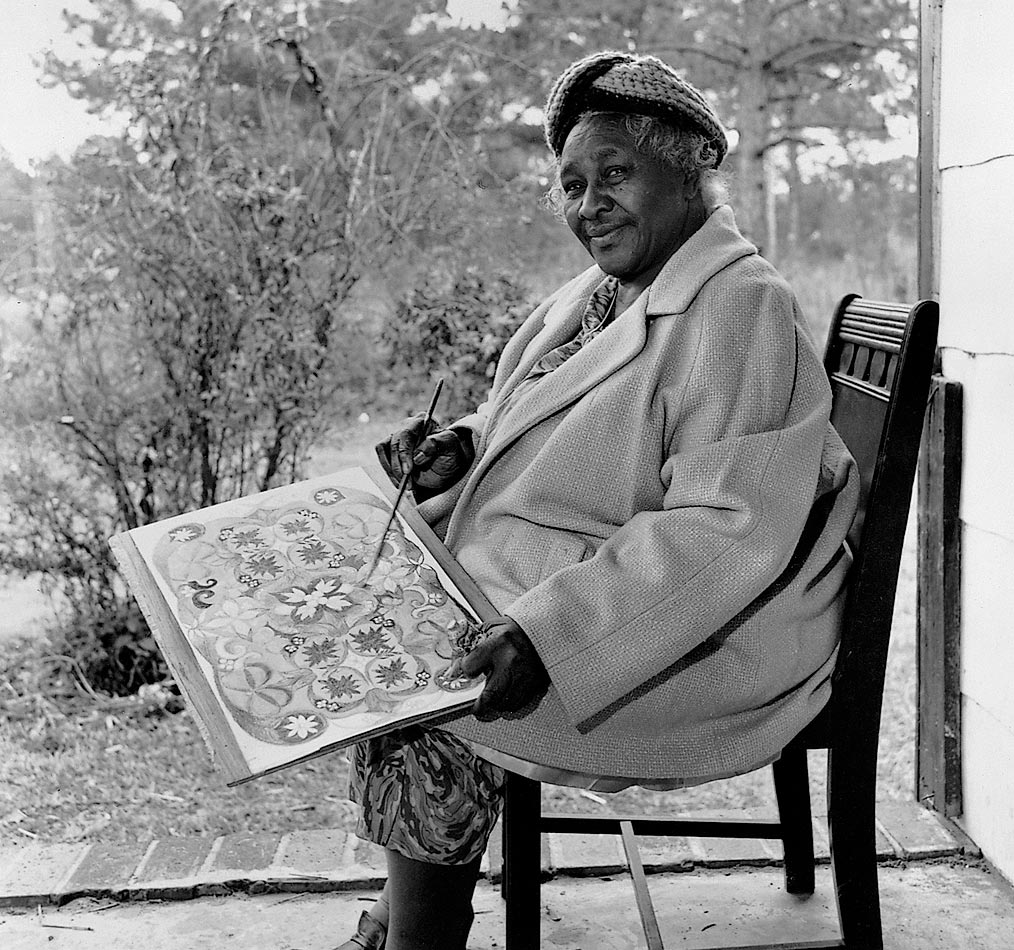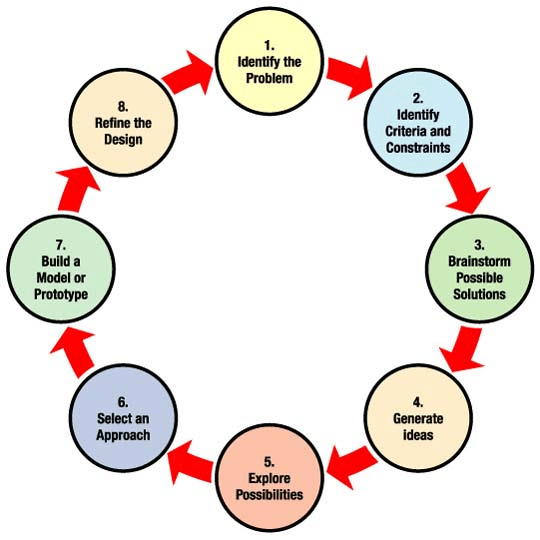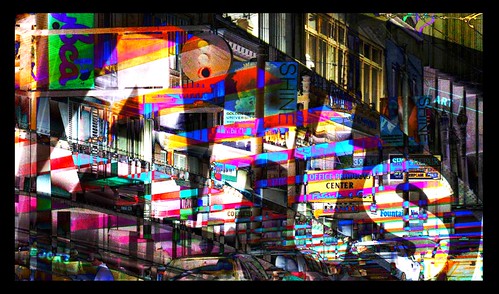Category: #STEAM, Concordia University, Post Feed
Tags: Books, Dr. Brian Welch, Earendel, Eärendil, Helen Teague, Icebreakers, J. R. R. Tolkien, Michelle Thaller, STEAM, The Lord of the Rings
Let’s look at a few Icebreaker connections from Math… J.R.R. Tolkien… Deep Space!
The most distant individual star ever seen has been spotted by the Hubble Space Telescope, NASA said Wednesday, March 30, 2022. The star is believed to be 12.9 billion light-years from Earth and about 50 times as massive as the sun. The new star, coded as WHL0137-LS, was found on March 30, 2022 using gravitational lensing of a galaxy cluster.
In a wonderful STEAM connection, Dr. Brian Welch, lead researcher of the team of astrophysicists and astronomers at Johns Hopkins University in Baltimore gave WHL0137-LS the star name, “Earendel.” (Remember our Tolkien Reading Day Icebreaker from March 25? )
The star’s name, Earendel, is inspired by J.R. R. Tolkien’s fantasy writing!
In Tolkien’s book, “The Lord of the Rings,” Eärendil is the name of a character, ahalf-elf mariner who travels the seas carrying a jewel, or “Silmaril,” called the morning star. This star “has the wonderful name of Earendel, and that’s actually from Tolkien,” NASA astronomer Michelle Thaller explained. “It means the dawn star, and it’s an Old English word. It’s lovely. And this is a star, literally, from the dawn of time, the dawn of stars forming. This is the first star, the farthest star we’ve ever seen, and I think Earendel is a beautiful name for it,” Thaller said.
Now, it’s your turn! What Icebreaker questions would you create? Consider the “7 Pieces of Art Inspired by the Night Sky” website and/or numerical data.
Artwork Resource: Show students some artwork from digital sources:
7 Pieces of Art Inspired by the Night Sky: https://www.darksky.org/7-pieces-of-art-inspired-by-the-night-sky/
From Space.com: https://www.space.com/hubble-most-distant-star-tolkien-name-earendil
Super short movie from the Wall Street Journal – https://www-wsj-com.cdn.ampproject.org/c/s/www.wsj.com/amp/articles/hubble-space-telescope-spots-most-distant-star-ever-seen-11648655351
From NetAtlas: https://newatlas.com/space/earendel-most-distant-star-hubble/
Here is some of the numeric data for the star, Earendel that would make great class Icebreakers!
- 12.9 billion light-years from Earth – how many miles is this? (for an approximate result, multiply the length value by 5.879e+12). See more https://www.calculateme.com/astronomy/light-years/to-miles/
- 1000 times brighter than our Sun.
- 50 times the mass of the Sun
- 2nd brightest star is Icarus, 9 billion light years away


#STEAM
 Red poppies have been a symbol of the aftermath of battles. The pairing of Red poppies and mourning for soldiers’ sacrifice has been linked to the Napoleonic war when red poppies (Palaver rhoeas), would be observed growing over soldiers’ graves.
Red poppies have been a symbol of the aftermath of battles. The pairing of Red poppies and mourning for soldiers’ sacrifice has been linked to the Napoleonic war when red poppies (Palaver rhoeas), would be observed growing over soldiers’ graves.
